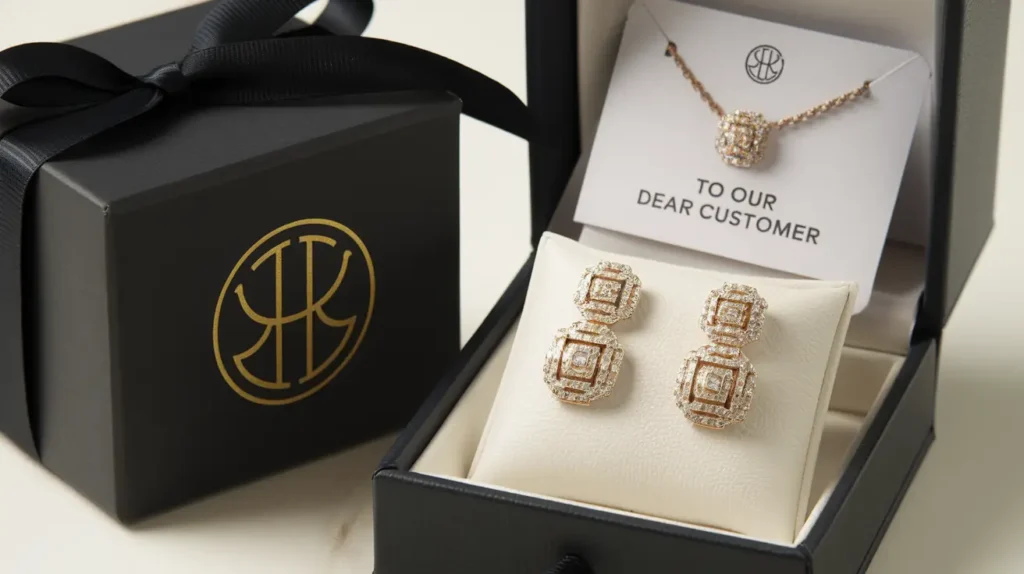
Jewelry packaging design plays an integral role in the success of any jewelry business, whether you’re a small independent artisan or a large-scale retailer. The packaging of jewelry is not just about keeping your products safe but also about creating a unique, memorable experience for your customers. Thoughtful, well-designed packaging can transform a simple purchase into an unforgettable experience, encouraging repeat business, positive reviews, and brand loyalty.
In this article, we will explore various tips for jewelry packaging design that will help you create packaging that resonates with your brand, reflects your jewelry’s quality, and leaves a lasting impression on your customers.
1. Understanding the Role of Jewelry Packaging
Before diving into design tips, it’s essential to understand the importance of jewelry packaging. Packaging is often the first physical contact a customer has with your product, and it sets the tone for their entire experience.
Effective packaging serves multiple purposes:
- Protection: Jewelry must be safely transported to avoid damage.
- Aesthetic Appeal: Packaging contributes to the overall perception of the product’s value.
- Branding: Packaging reflects your brand’s identity and ethos.
- Customer Experience: The packaging enhances the feeling of luxury or uniqueness.
Good packaging should offer a balance between functionality and aesthetics. Whether you’re selling fine jewelry or fashion accessories, the packaging is a direct reflection of the product inside.
2. Brand Identity and Packaging Design
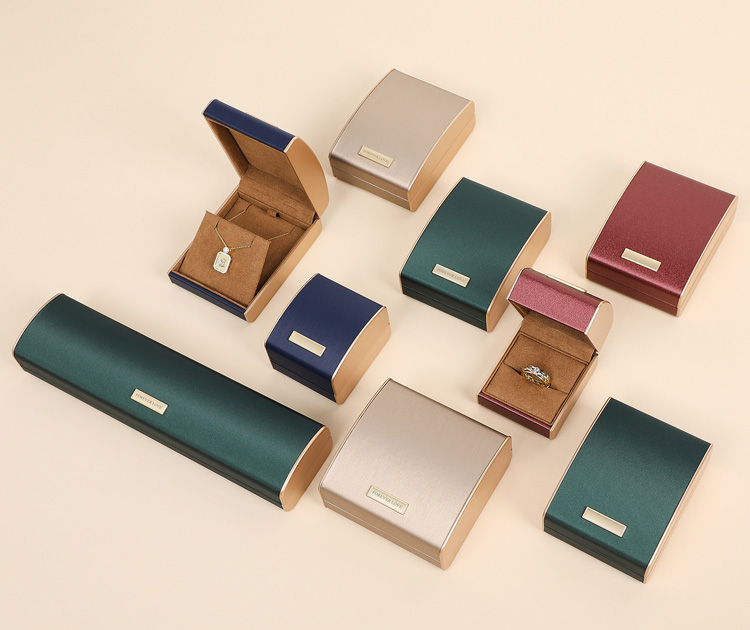
When designing jewelry packaging, one of the most important aspects to consider is your brand identity. Your packaging should communicate who you are as a brand, your story, and your values.
- Logo: Your logo should be prominently displayed on your packaging, whether embossed, printed, or as a hangtag. This is a key identifier for your customers.
- Brand Colors: Use colors that reflect your brand’s personality. Soft pastels might work for delicate pieces, while bold, metallic tones might suit edgy or luxury designs.
- Brand Message: Consider including a message about your brand’s story or the values it represents. Whether it’s sustainability, handmade craftsmanship, or luxury, this can help create a deeper connection with your customers.
- Consistency: Ensure consistency across all your packaging. The same fonts, colors, and logo placements should be used on your boxes, pouches, tags, and any other packaging materials.
By making your brand identity clear through the packaging, you will help customers recognize and trust your brand.
3. Choosing the Right Materials for Jewelry Packaging
The material of your jewelry packaging speaks volumes about the quality of the product inside. Selecting the right materials is key to ensuring both protection and aesthetic appeal.
- Boxes: Rigid paperboard or sturdy cardboard is often used for boxes, ensuring durability. For luxury pieces, velvet-lined or wooden boxes add a sophisticated touch.
- Bags and Pouches: Velvet, satin, or leather pouches are common for smaller or more delicate pieces of jewelry. These materials protect the jewelry from scratches and give off a luxury feel.
- Tissue Paper: High-quality tissue paper can add an extra layer of protection and also contribute to the unboxing experience. Custom-printed tissue paper with your logo can further enhance your brand’s identity.
- Recycled Materials: With increasing awareness of environmental concerns, opting for recycled or sustainable materials in your packaging can make your brand stand out as eco-conscious.
- Foam Inserts: For added protection, especially for rings or earrings, foam inserts or cushions can be included to keep the jewelry in place.
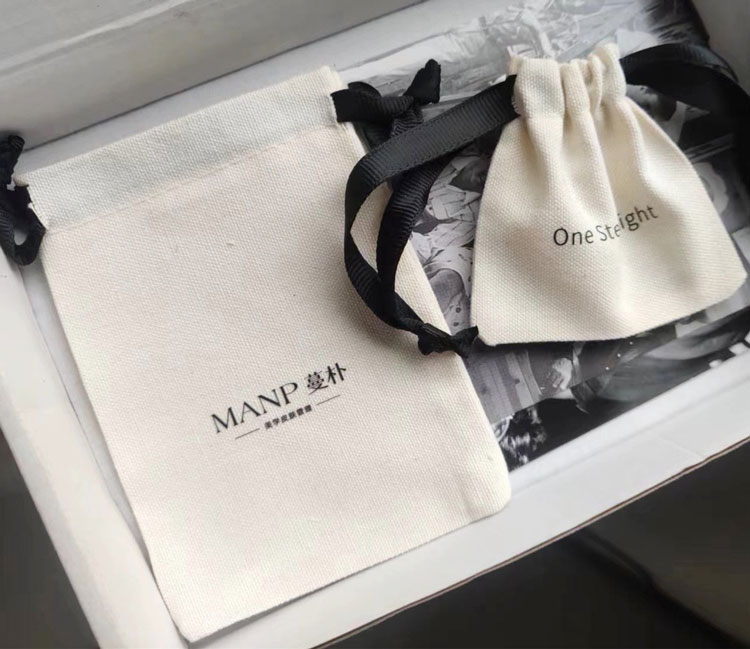
The materials you choose should complement the style and price point of your jewelry, while also aligning with your brand’s message.
4. Designing Packaging with Protection in Mind
Jewelry is often delicate, and its packaging should reflect this. Beyond aesthetics, the protection of the jewelry should be a top priority when designing packaging.
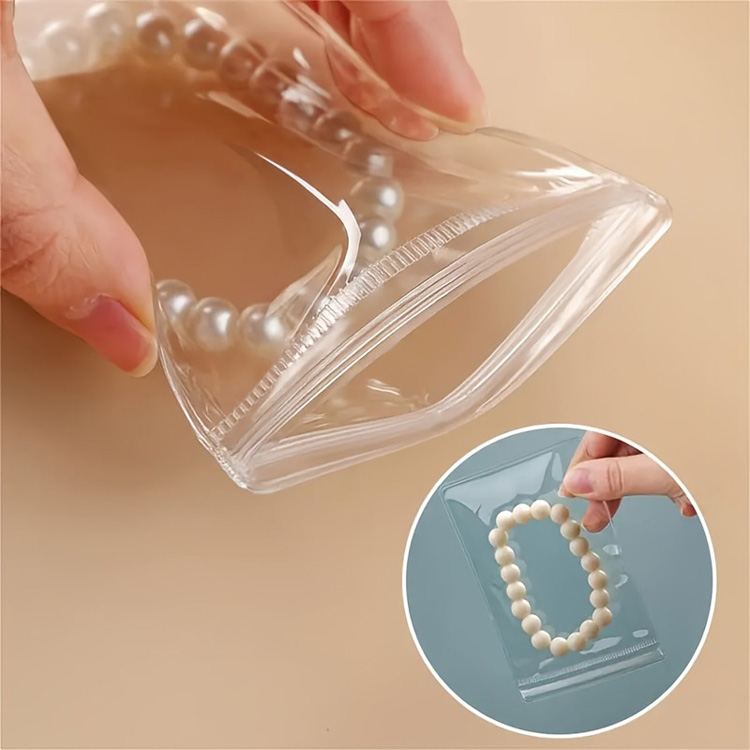
- Padding: Incorporate sufficient padding in the design, such as foam, cotton, or fabric lining, to protect the jewelry from scratches or impacts during shipping or handling.
- Secured Closures: For boxes, lids should close securely, preventing the contents from shifting. Magnetic closures are popular for luxury items, while tuck-flap boxes are a cost-effective solution for simpler designs.
- Prevent Tarnishing: Use anti-tarnish paper or fabrics for jewelry that is prone to tarnishing, such as silver. This will help preserve the integrity of the metal over time.
Ensuring the protection of the jewelry during transit and handling is as crucial as the aesthetic design of the packaging.
5. Consider the Unboxing Experience
Unboxing has become a crucial part of customer satisfaction. A well-executed unboxing experience can elevate a customer’s perception of your brand and turn a one-time purchase into repeat business.
- First Impressions Matter: The moment a customer opens the package, they should feel as though they’ve received something special. Use premium materials and thoughtful details like custom wrapping or tissue paper.
- Personalization: Adding a personal touch, such as a thank-you note or a small branded token, can make the experience even more memorable.
- Layered Packaging: Consider using multiple layers in your packaging—like a beautiful outer box, a soft pouch inside, and a final jewelry box or display case. This adds excitement as the customer reveals each layer.
- Visual Appeal: Focus on symmetry, balance, and the arrangement of the jewelry within the box. A neat and well-presented package enhances the overall experience.
A great unboxing experience often leads to customers sharing their excitement on social media, which can serve as free marketing for your brand.
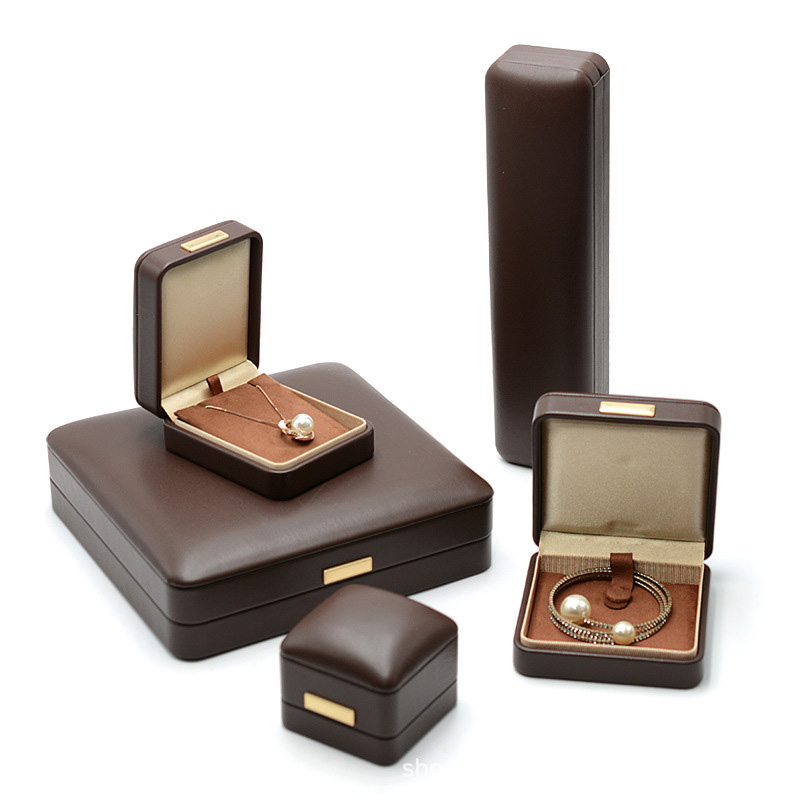
6. Sustainability in Jewelry Packaging
As environmental concerns continue to grow, sustainability is becoming increasingly important in packaging design. Customers are more likely to support brands that show a commitment to sustainability.
- Eco-friendly Materials: Use recyclable, biodegradable, or reusable materials in your packaging. For instance, avoid plastic and opt for cardboard, bamboo, or recycled paper.
- Minimalist Packaging: Consider using minimalist packaging that requires fewer resources to produce. This can help reduce waste and convey a modern, eco-conscious image.
- Refillable Boxes: Offering packaging that can be reused, like a decorative box or pouch, encourages customers to keep the packaging long after they’ve purchased the product.
By choosing sustainable options, you demonstrate that your brand cares about the environment and is mindful of its impact.
7. The Importance of Customization
Customizing your jewelry packaging is a powerful way to elevate your brand’s appeal. Customization goes beyond just your logo—it allows you to stand out from competitors and offer a unique experience to customers.
- Unique Shapes and Sizes: Moving away from standard box shapes and sizes can set your packaging apart. Think about creating custom shapes that align with your brand’s aesthetic.
- Personalized Tags: Include custom tags or labels that provide extra details about the piece, like its materials, care instructions, or story. This adds a personal touch and shows you care about your product.
- Exclusive Editions: Consider offering limited-edition packaging for special collections. This can create a sense of exclusivity and excitement for your customers.
Custom packaging reflects a level of thoughtfulness and professionalism that customers will appreciate.
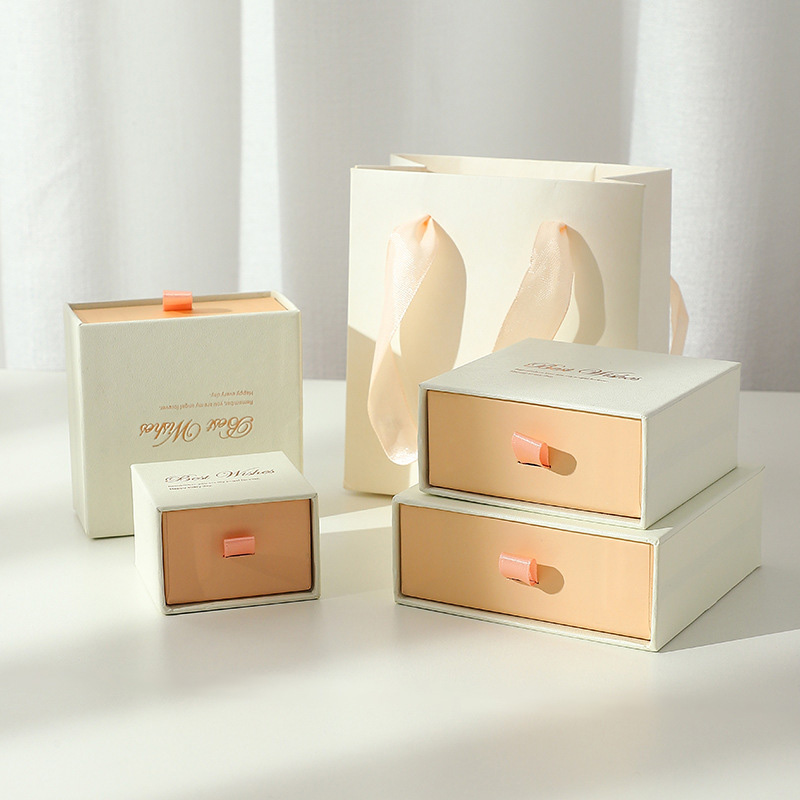
8. Typography and Color Schemes
The visual elements of your packaging, including typography and color schemes, contribute greatly to your brand’s identity. Careful selection of fonts and colors can make your packaging feel cohesive and visually appealing.
- Typography: Choose fonts that match your brand’s personality. Elegant serif fonts are ideal for high-end or vintage jewelry, while sleek sans-serif fonts work well for modern designs.
- Colors: Stick to a limited color palette that reflects your brand. For luxury pieces, you might opt for gold, black, or white, while more playful designs can embrace bold, bright colors.
These elements should work together to create a cohesive and visually striking design that enhances the jewelry’s perceived value.
9. The Power of Visual Storytelling
Visual storytelling in jewelry packaging allows you to communicate more about the piece and your brand. Whether through design, colors, or printed materials, your packaging can tell a story.
- Illustrations: Add illustrations or patterns that reflect the craftsmanship of your jewelry or tell the story behind a particular collection.
- Symbolism: Incorporate symbols that reflect your brand’s values, such as nature motifs for an eco-friendly brand or heritage symbols for a vintage-inspired collection.
Every aspect of your packaging should reflect the story of your brand and jewelry.
10. Innovative Packaging Trends in Jewelry
As the jewelry industry continues to evolve, so do packaging trends. Here are a few innovative trends to watch out for:
- Interactive Packaging: Some brands are incorporating QR codes or AR (augmented reality) features into their packaging that customers can scan for additional product information or an immersive brand experience.
- Upcycled Packaging: With sustainability in mind, many brands are turning to upcycled materials to create unique and environmentally friendly packaging.
- Luxury Travel Cases: For high-end jewelry, custom luxury cases that double as storage for travel are gaining popularity.
By staying on top of these trends, you can keep your packaging fresh and appealing.
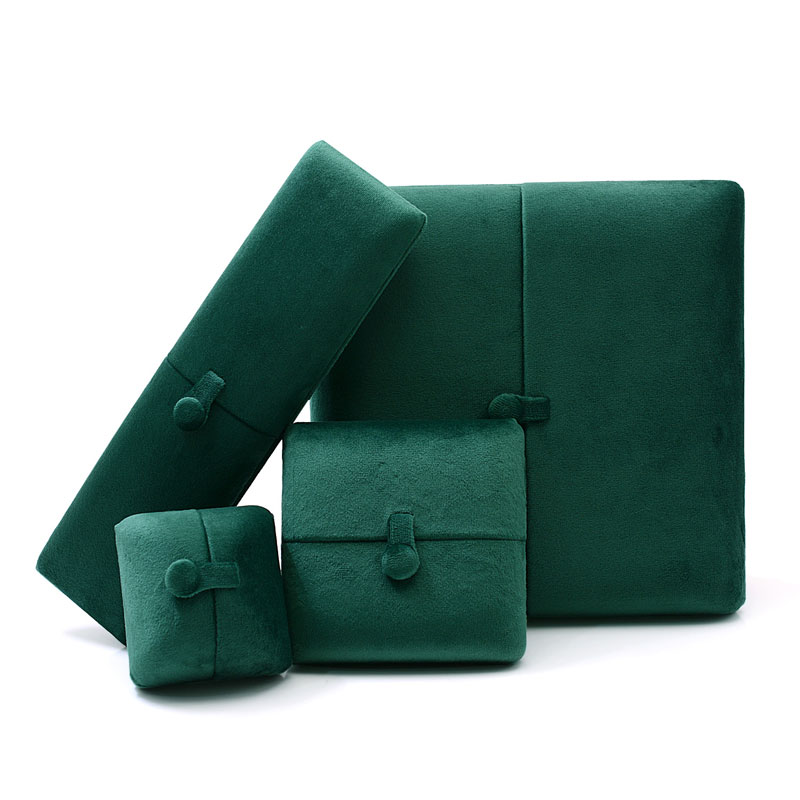
11. Luxury Packaging and Its Impact
Luxury jewelry requires packaging that matches its price point and prestige. High-end packaging serves to elevate the perceived value of the jewelry and creates a sense of exclusivity.
- High-Quality Materials: Use luxurious materials such as velvet, satin, or leather, and consider adding metallic accents or embossing for an extra touch of elegance.
- Presentation: The way the jewelry is displayed in its box should reflect luxury. Consider velvet-lined boxes with compartments that keep each piece secure and beautifully presented.
Luxury packaging plays a key role in setting the tone for your brand and enhancing the customer’s purchase experience.
12. Packaging for Different Types of Jewelry
Different types of jewelry may require different packaging approaches. A necklace will need different packaging than a pair of earrings, and both require more care than a bracelet.
- Rings: Use velvet or cushioned inserts to keep rings in place.
- Necklaces: Consider creating boxes with hooks or compartments to prevent tangling.
- Earrings: Small, padded cases work best for earrings to keep them from getting lost.
Each jewelry type has its own unique packaging needs, and addressing them will ensure your products are protected and well-presented.
13. Packaging for E-commerce: Best Practices
E-commerce presents unique challenges for jewelry packaging. Since the customer does not get to see the jewelry in person until it arrives, your packaging must work even harder to make a strong impression.
- Sturdy Outer Packaging: Use durable outer packaging to ensure the jewelry arrives safely and intact.
- Brand Recognition: Include your branding on both the outer and inner packaging to remind the customer of your brand when they open their package.
- Tracking and Documentation: Include receipts, care instructions, and any necessary documentation inside the packaging to enhance the customer experience.
In the digital age, the packaging is often the first physical interaction the customer has with your brand, so make it count.
14. Effective Use of Branding Elements
Effective use of branding elements in your packaging can strengthen your brand identity and make your jewelry instantly recognizable.
- Logo: Ensure your logo is visible and easily identifiable.
- Taglines and Messages: Use taglines or short phrases that reflect your brand’s ethos.
- Custom Elements: Incorporate custom tissue paper, seals, or stickers with your brand’s design.
These elements create a cohesive, branded experience from the moment the customer receives the package.
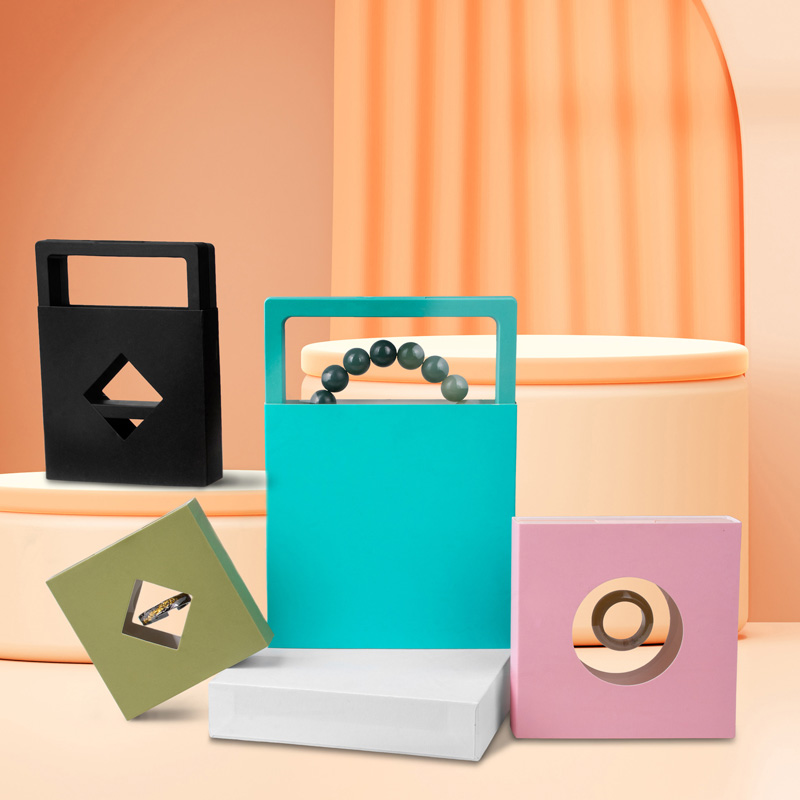
15. Cost-Effective Jewelry Packaging Solutions
Not every jewelry business can afford high-end packaging, but there are still plenty of ways to create beautiful and cost-effective packaging.
- Wholesale Options: Purchase packaging materials in bulk or wholesale for discounted prices.
- Minimalist Design: Sometimes, simplicity can be elegant and cost-effective. Use minimalist designs with a small touch of luxury to create a high-end feel without the extra cost.
- DIY Customization: Add personal touches, like custom labels or stamps, to more affordable packaging to make it feel special.
With creativity and resourcefulness, you can create an impressive packaging solution within your budget.
FAQs: Jewelry Packaging Design
Q1: How can I make my jewelry packaging more eco-friendly?
You can use recyclable materials, such as cardboard or paper, instead of plastic. Additionally, consider using biodegradable packing peanuts or reusable cloth pouches.
Q2: What are some trends in jewelry packaging design?
Some current trends include minimalist designs, sustainable packaging materials, interactive elements like QR codes, and luxury travel cases for high-end jewelry.
Q3: Should my jewelry packaging reflect my brand’s price point?
Yes, the packaging should align with your jewelry’s price and quality. Luxury pieces should have high-end, elegant packaging, while more affordable jewelry can have simple, yet attractive packaging.
Q4: How can I make my jewelry packaging stand out?
Personalization, unique shapes, and high-quality materials can make your packaging stand out. Additionally, creative and thoughtful unboxing experiences can create a memorable moment for the customer.
Q5: What’s the best material for jewelry packaging?
It depends on the jewelry, but velvet and satin are ideal for high-end pieces, while cardboard or eco-friendly materials work well for budget-conscious designs.
Q6: What’s the best way to ship jewelry safely?
Use sturdy outer boxes, secure padding, and protect the jewelry with foam inserts or tissue paper to ensure it arrives safely.
Jewelry packaging design is a powerful marketing tool that directly impacts your customers’ perception of your brand. By considering factors like materials, customization, and the overall unboxing experience, you can create packaging that not only protects your jewelry but also enhances your brand identity. Whether you’re looking to create a luxury experience or a sustainable option, thoughtful packaging can set your brand apart and foster customer loyalty.
